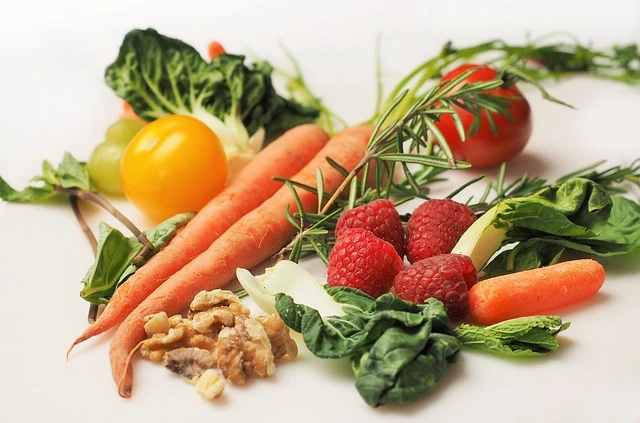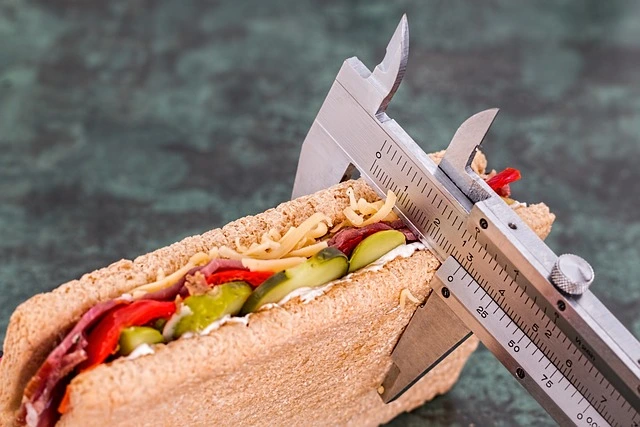
When it comes to weight loss, finding the right approach can be overwhelming. there are countless methods and programs out there, but the key is to focus on what truly works and is sustainable. whether you’re just starting or have been on the weight loss journey for a while, there are certain strategies that have stood the test of time. Let’s explore some of the most effective methods for losing weight and keeping it off
1. Caloric deficit: the foundation of weight Loss
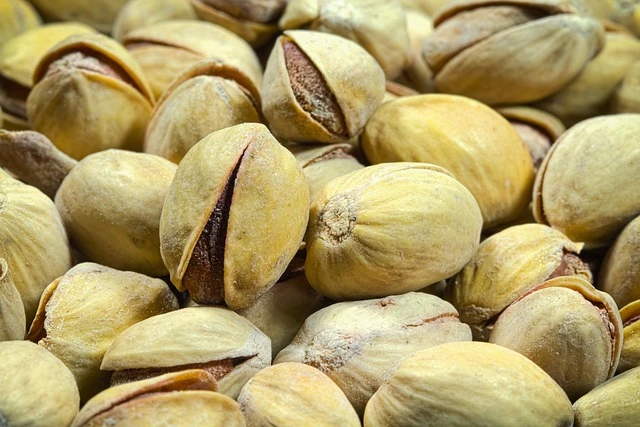
At its core, weight loss is about consuming fewer calories than your body burns. This is called a caloric deficit. When you create a calorie deficit, your body starts to burn stored fat for energy, which leads to weight loss.
To create a caloric deficit, you can either reduce the number of calories you eat or increase the number of calories you burn through physical activity. A combination of both is usually the most effective strategy.
How to Implement It
- Track your calories: Use a food diary or a calorie-tracking app to monitor what you eat.
- Portion control: Be mindful of portion sizes, especially when eating out or eating packaged foods.
- Exercise regularly: Engaging in physical activity increases the number of calories you burn, making it easier to achieve a caloric deficit.
While it might sound simple, managing a caloric deficit requires consistency and planning. It’s important to focus on making small, sustainable changes to your diet and lifestyle, rather than opting for drastic, unsustainable diets.
2. Eating whole, nutrient-Dense foods
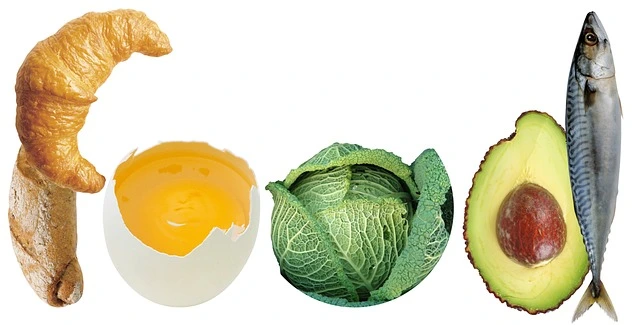
While creating a caloric deficit is important, the quality of the calories you consume matters just as much. Choosing nutrient-dense foods like fruits, vegetables, lean proteins, and whole grains can support your weight loss efforts by keeping you full longer and providing essential vitamins and minerals.
Whole foods, unlike processed foods, are packed with fiber, protein, and healthy fats, which help regulate blood sugar levels and prevent the energy crashes that often lead to overeating. By filling your plate with colorful fruits and veggies and choosing lean proteins like chicken, fish, and tofu, you’ll nourish your body while promoting fat loss
How to Implement It:
- Meal prep: Plan your meals in advance to ensure you have access to healthy, whole foods throughout the week
- Avoid processed foods: Stay away from foods that are high in sugar, unhealthy fats, and artificial additives.
- Fill up on fiber: Foods like leafy greens, beans, and whole grains help you feel full and satisfied, making it easier to stick to your calorie goals.
Making the switch to whole foods might take some time, but it’s worth the effort. Not only will it help you lose weight, but it will also improve your overall health.
3. Exercise: combining cardio and strength Training
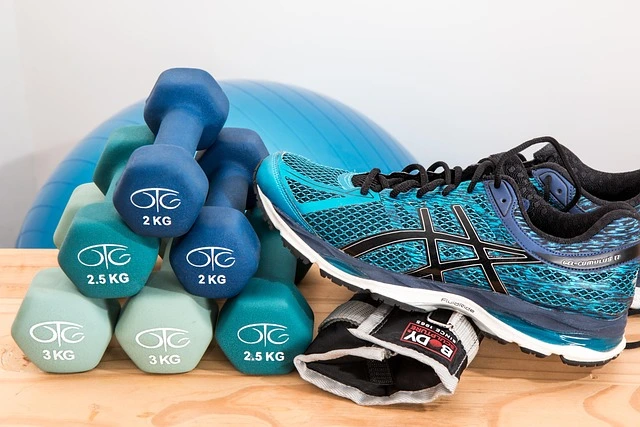
Exercise plays a crucial role in weight loss. Not only does it help you burn more calories, but it also boosts your metabolism, increases muscle mass, and improves your overall health. The two main types of exercise that contribute to weight loss are cardio and strength training.
Cardio:
Cardio exercises, such as running, cycling, swimming, and walking, help you burn calories and improve your cardiovascular health. Cardiovascular exercise is great for fat loss, as it increases your heart rate and burns calories both during and after the workout.
Strength training:
Strength training, or weight lifting, helps you build lean muscle mass. The more muscle you have, the higher your resting metabolism, meaning your body burns more calories even at rest. Strength training also tones and sculpts your body, giving you a leaner appearance
How to Implement It:
- Start with a mix: Aim for a combination of both cardio and strength training in your weekly exercise routine.
- Be consistent: Aim for at least 150 minutes of moderate-intensity cardio each week, along with two to three strength training sessionss
- Incorporate variety: Switch up your workouts to keep things interesting and prevent plateaus.
Exercise doesn’t have to be complicated. By combining regular cardio and strength training, you’ll not only lose weight but also improve your strength, endurance, and overall fitness
4. Mindful eating: listen to Your body

Mindful eating is about paying attention to your body’s hunger and fullness cues, rather than eating out of habit, stress, or boredom. by eating slowly and savoring each bite, you’re more likely to feel satisfied with smaller portions and avoid overeating.
Mindful eating also encourages you to make healthier food choices, as you become more aware of how certain foods make you feel. This can help you develop a better relationship with food and reduce emotional eating, which is often a barrier to weight loss
How to Implement It:
- Eat without distractions: Turn off the TV, put away your phone, and focus solely on your meal.
- Chew slowly: Take time to chew your food thoroughly and enjoy the flavors.
- Check in with yourself: Before eating, ask yourself if you’re really hungry or just eating out of habit or emotion.
Mindful eating can be a powerful tool for managing your weight, as it helps you make conscious decisions about what and how much you eat.
5. Drink water: Hydration for weight loss

Drinking enough water is essential for weight loss, as it helps your body function optimally. Staying hydrated can improve digestion, prevent overeating, and even boost your metabolism. Many people mistake thirst for hunger, leading them to eat when they’re actually just dehydrated.
Drinking water before meals can also help you feel fuller, reducing the likelihood of overeating. Opting for water over sugary drinks, like soda and juice, helps you avoid excess calories that can sabotage your weight loss goal
How to Implement It
- Carry a water bottle: Having water on hand makes it easier to stay hydrated throughout the day.
- Drink a glass before meals: This can help you feel full and prevent overeating.
- Opt for water-based beverages: Choose water, herbal teas, or sparkling water instead of sugary drinks.
By making hydration a priority, you’ll support your body’s natural processes, including those involved in weight loss.
6. Get Enough sleep: Rest and recovery

Sleep is often overlooked in weight loss plans, but it plays a crucial role. Lack of sleep can disrupt your hormones, increase your appetite, and make it harder to lose weight. When you don’t get enough rest, your body craves high-calorie foods, which can derail your weight loss efforts.
On the flip side, getting enough sleep helps regulate your hunger hormones, supports muscle recovery, and improves your mood, making it easier to stay on track with your weight loss plan.
How to Implement It
- Aim for 7-9 hours of sleep per night: Prioritize sleep just as much as you do exercise and diet.
- Create a bedtime routine: Wind down an hour before bed to help your body prepare for sleep.
- Limit screen time: Avoid screens at least 30 minutes before bed to improve your sleep quality.
Good quality sleep is essential for weight loss, so make sure it’s a non-negotiable part of your routine.
Final Thoughts
Losing weight isn’t about following the latest fad diet or spending hours at the gym. It’s about making small, sustainable changes that you can maintain in the long term. By focusing on a balanced approach creating a caloric deficit, eating whole foods, exercising regularly, and taking care of your body you can achieve lasting weight loss results. Start by implementing one or two of these methods into your daily life, and gradually build a routine that works for you.
For more tips on achieving sustainable weight loss, check out our guide on How Detoxing Supports Weight Loss.

